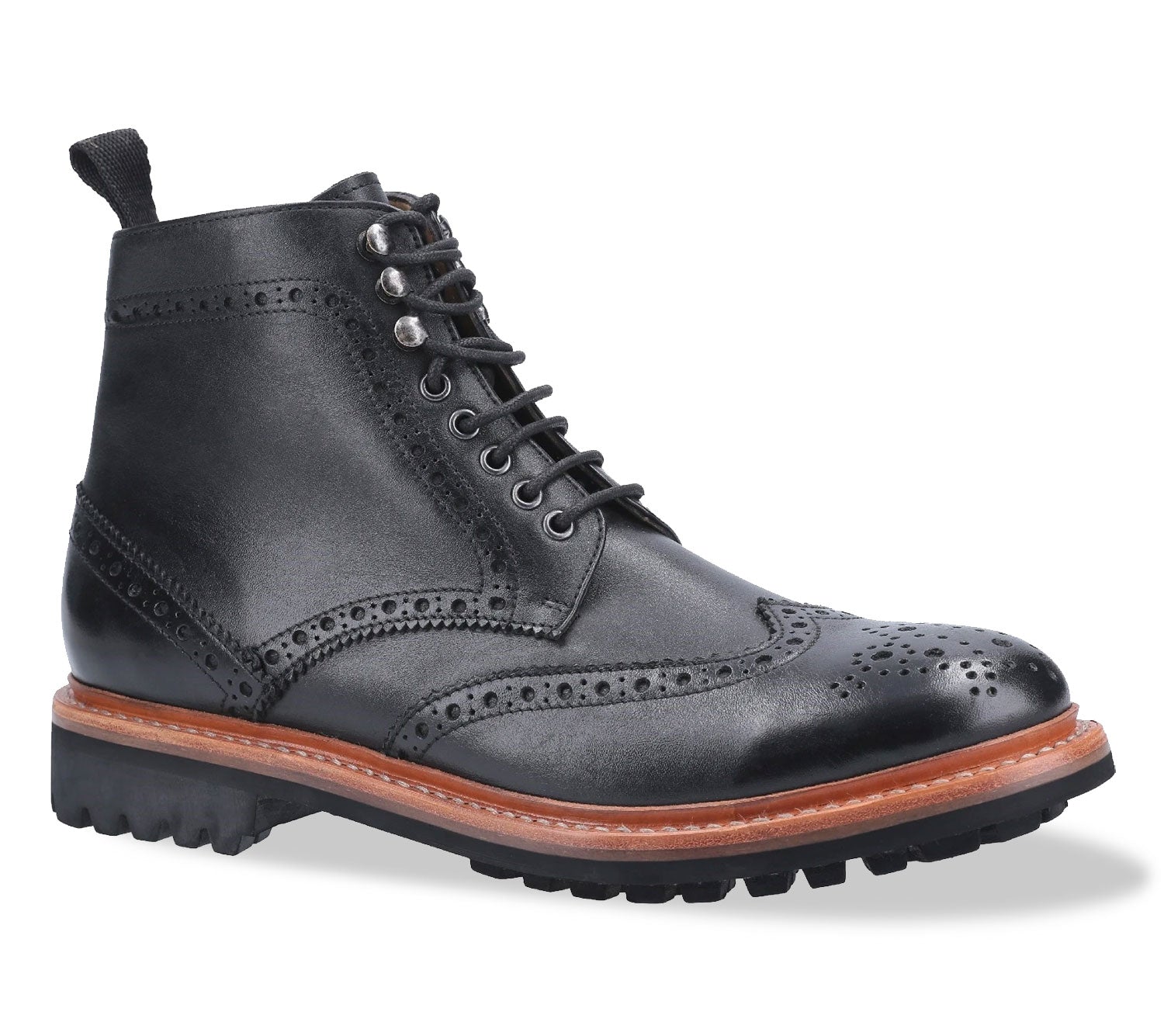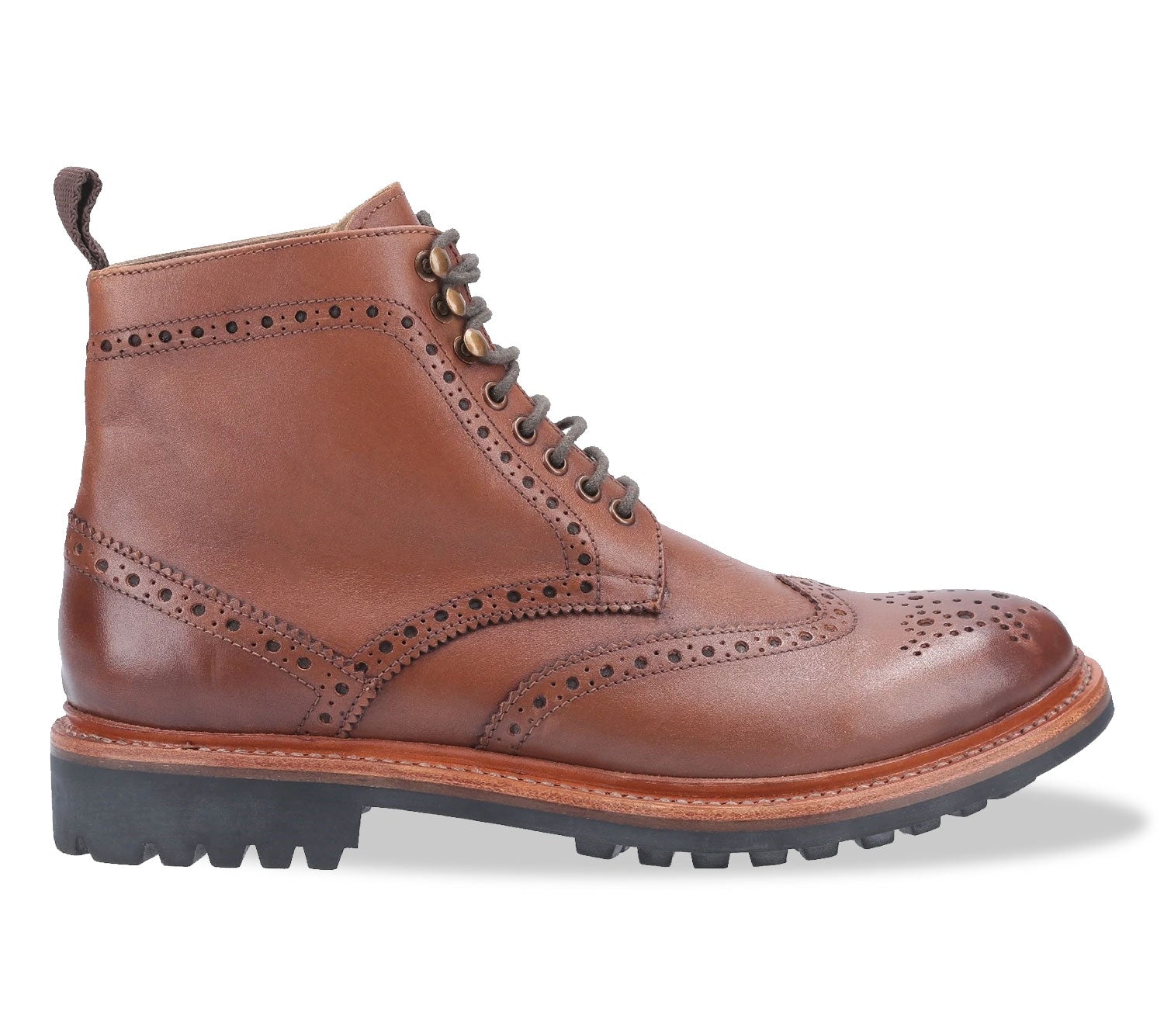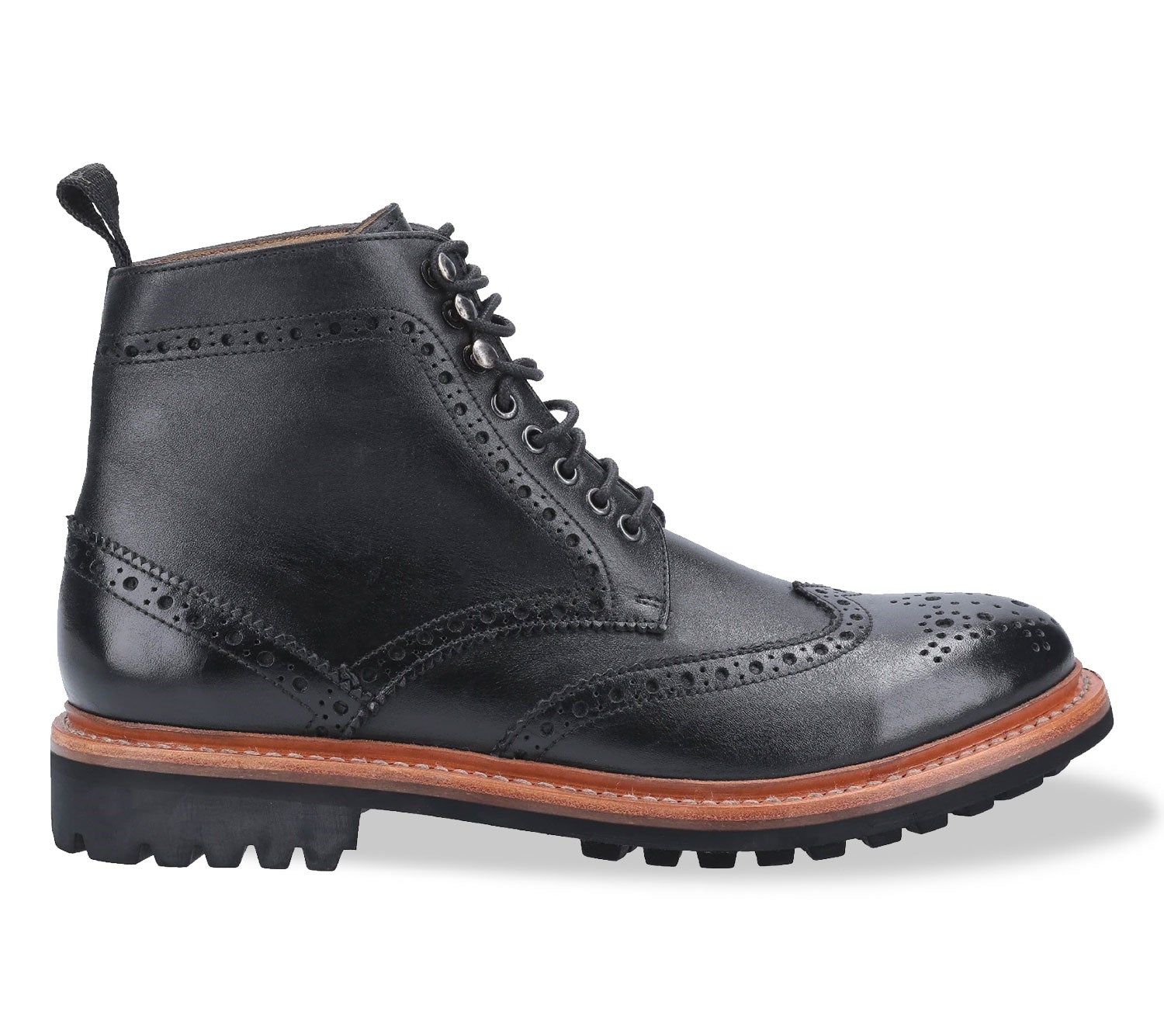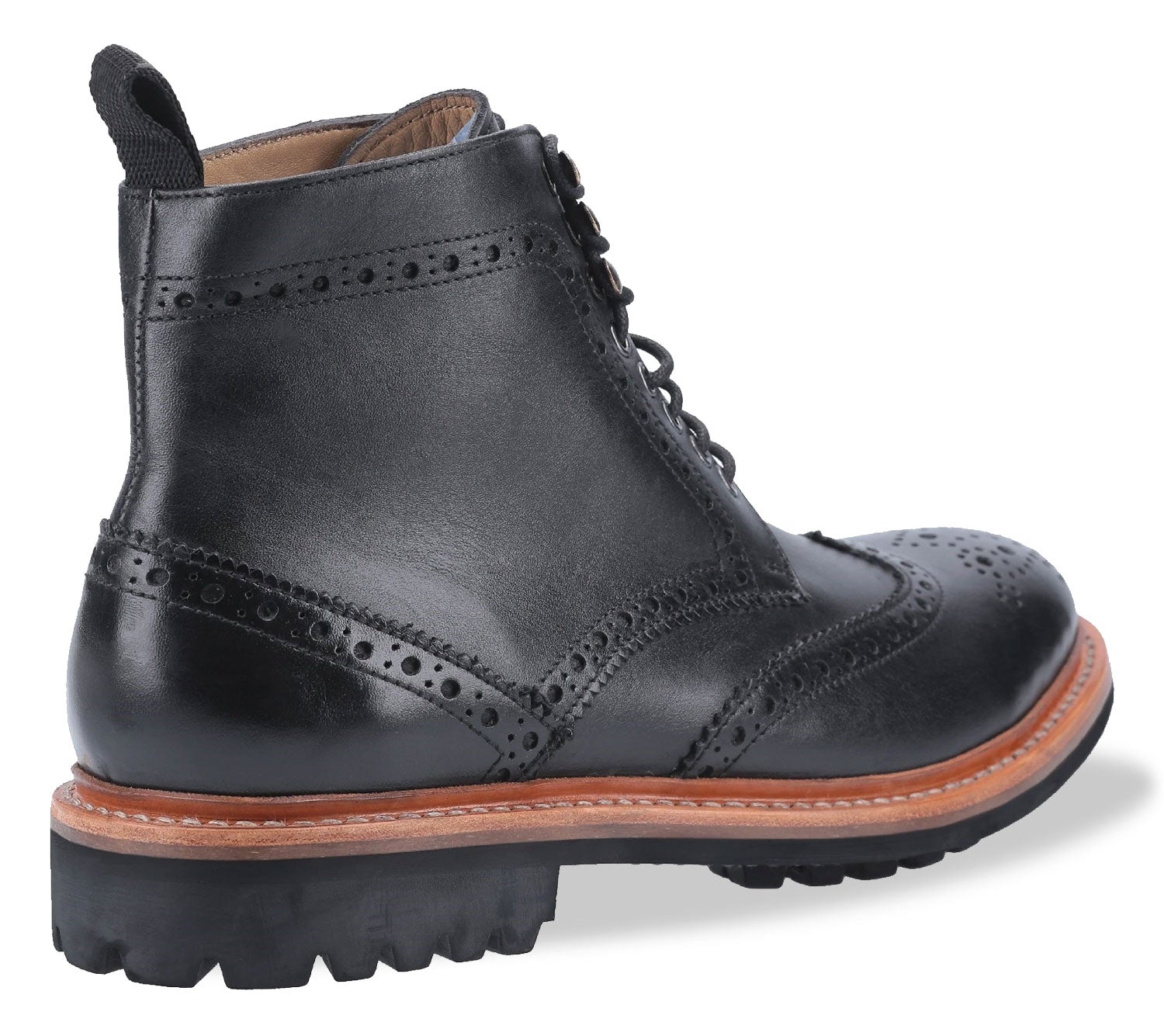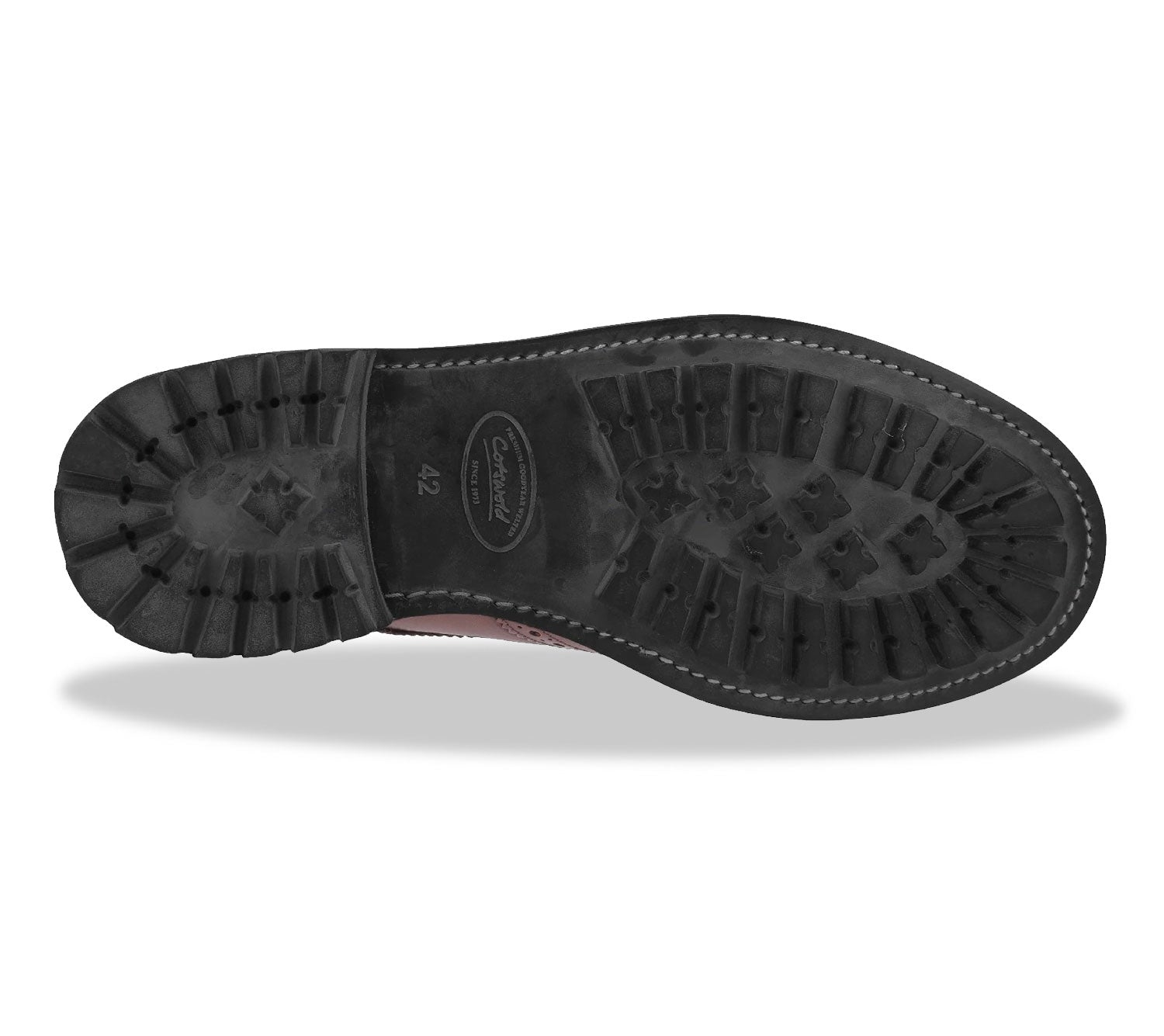Cotswold Rissington Commando Brogue Boots
- Regular price
-
£59.99 - Regular price
-
£99.99 - Sale price
-
£59.99
1-2
0
Couldn't load pickup availability
Key Features
- Mens Goodyear Welt Brogue boot
- Crafted with a smooth leather upper
- Full wing tip toe and brogue detailing
- Lace up style with lace hooks and rear pull loop
Size Guide
| UK Size | EU Size |
| 3 | 36 |
| 4 | 37 |
| 5 | 38 |
| 6 | 39 |
| 7 | 41 |
| 8 | 42 |
| 9 | 43 |
| 10 | 44 |
| 11 | 45 |
| 12 | 46 |
| 13 | 47 |
| 14 | 48 |
| 15 | 49 |
Description
Cotswold Rissington Commando Brogue Boots
Classic style Derby countryman's boot. Cotswold "Rissington" Derby boot, the classic wing-tip thick sole brogue - These hand crafted boots are fully 'Goodyear Stitch Welted' with a substantial, deep lugged Commando sole for great grip in difficult conditions. A robust, smooth leather upper with traditional "broguing" cut leather - Full wing tip toe and brogue detailing.
All Leather Upper, Man Made Commando rugged Lug Sole
5 eyelet with 3 top lace hooks
Half leather lined interior and footbed
Hand manufactured, but not in the U.K. - hence the outstanding value!
Expect to pay five times as much for a similar U.K. manufactured boot
Classic Rounded toe for comfort - not narrowly pointed
Traditional Gentleman's outdoors boot - ideal for town or country
The Brogue (derived from the Old Irish bróg) is a style of low-heeled shoe or boot traditionally characterised by multiple-piece, sturdy leather uppers with decorative perforations (or "broguing") and serration along the pieces' visible edges. Modern brogues trace their roots to a rudimentary shoe originating in Ireland that was constructed using untanned hide with perforations, allowing water to drain when crossing wet terrain such as a bog. Brogues were traditionally considered to be outdoor or country footwear not otherwise appropriate for casual or business occasions, but brogues are now considered appropriate in most contexts. (From Wikipedia, the free encyclopaedia)
WHAT IS A GOODYEAR WELT, AND WHAT DOES THE TERM GOODYEAR WELTED MEAN
- A welt is a strip of leather, rubber, or plastic that is stitched to the upper and insole of a shoe, as an attach-point for the sole. The space enclosed by the welt is then filled with cork or some other filler material (usually either porous or perforated, for breathability), and the outsole is both cemented and stitched to the welt. This process of making shoes is referred to as Goodyear welt construction, as the machinery used for the process was invented in 1869 by Charles Goodyear, Jr. the son of Charles Goodyear. Shoes with other types of construction may also have welts for finished appearance, but they generally serve little or no structural purpose. The Goodyear welt is highly regarded for a number of reasons including being relatively waterproof by not allowing water to get into the insole due to the welt-sole construction, the relative ease in which the sole can be replaced, and the fact that the boot can last up to 20 years or longer depending on the treatment and condition of the upper. (From Wikipedia, the free encyclopaedia)
Available in: Black, Brown
To see more from Cotswold, visit the Cotswold Collection
Delivery & Returns
Delivery
Royal Mail Tracked 24 (1-2 working days)
Service aims to deliver the next working day from despatch.
Royal Mail Tracked 48 (2-4 working days)
Service aims to deliver in 2 working days from despatch.
DPD Express Delivery (1-2 working days)
Orders Over £99 delivered FREE using our 5-7 working day service. (2-4 working days & 1-2 working days options are available).
Returns
We think you'll love it, but if you need to make a return, no need to worry. You can return an item you are not completely happy with for exchange or refund within 28 days of purchase. Terms and conditions apply. Read full UK returns and exchange policy.
Ask a question
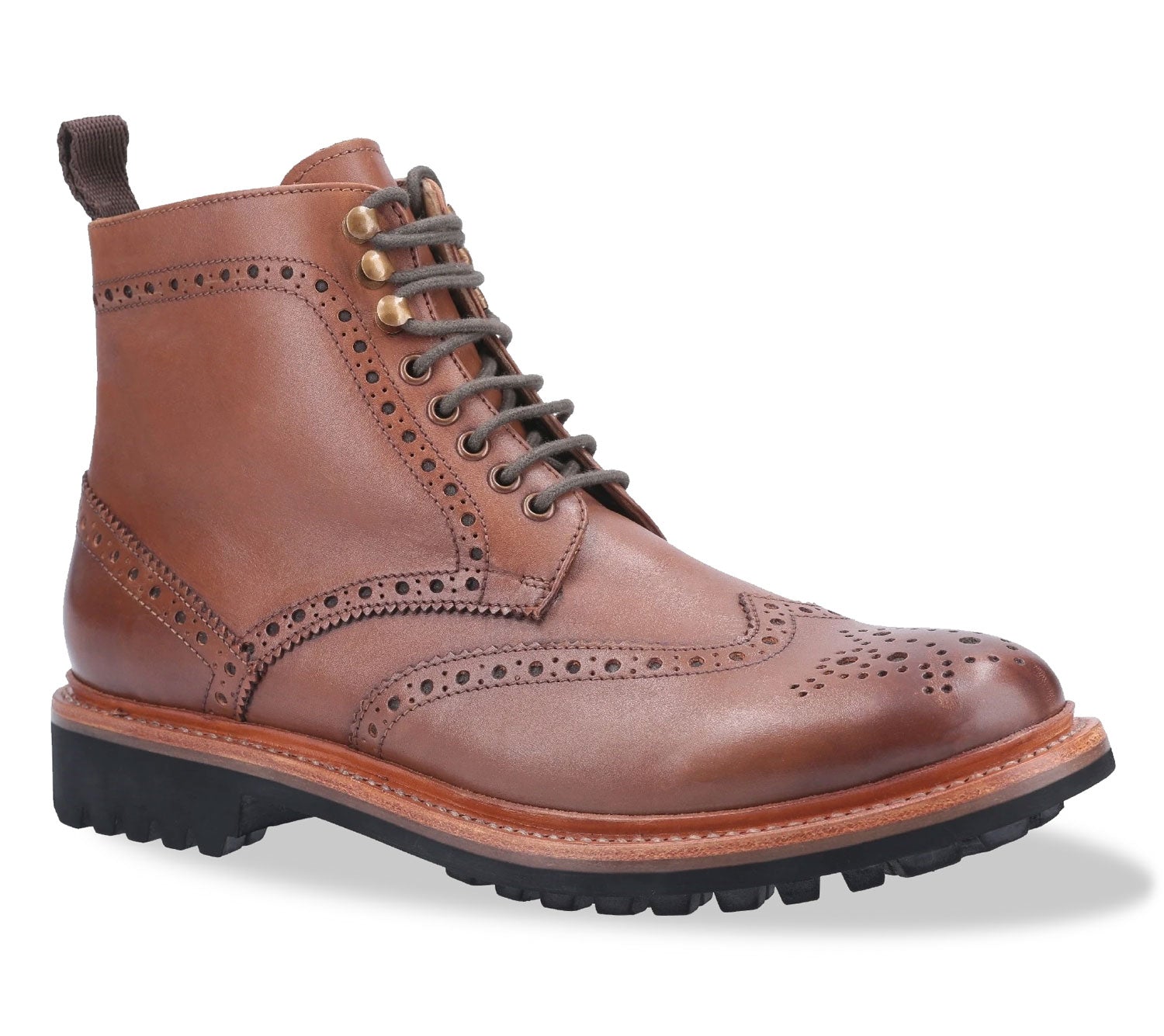
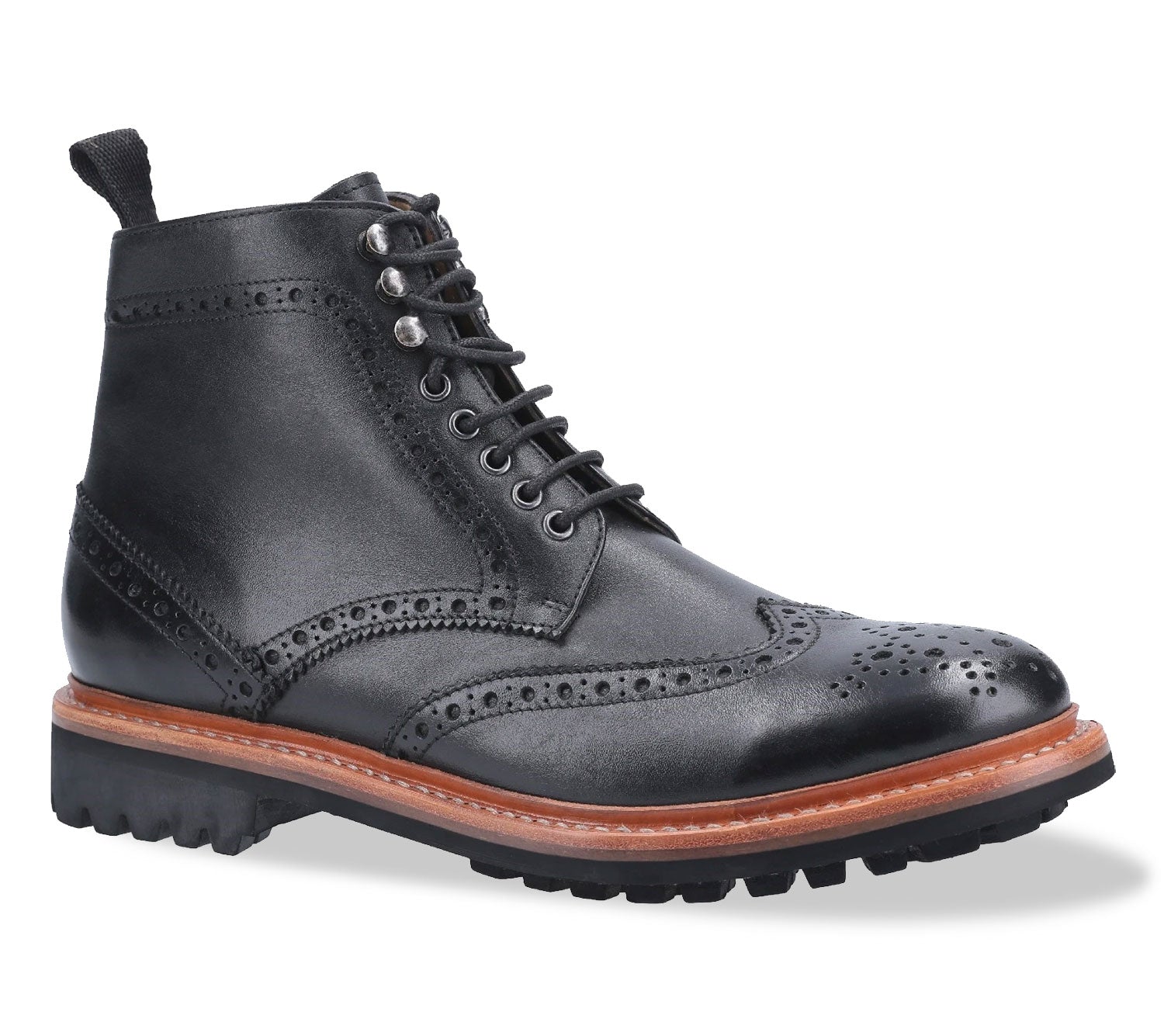
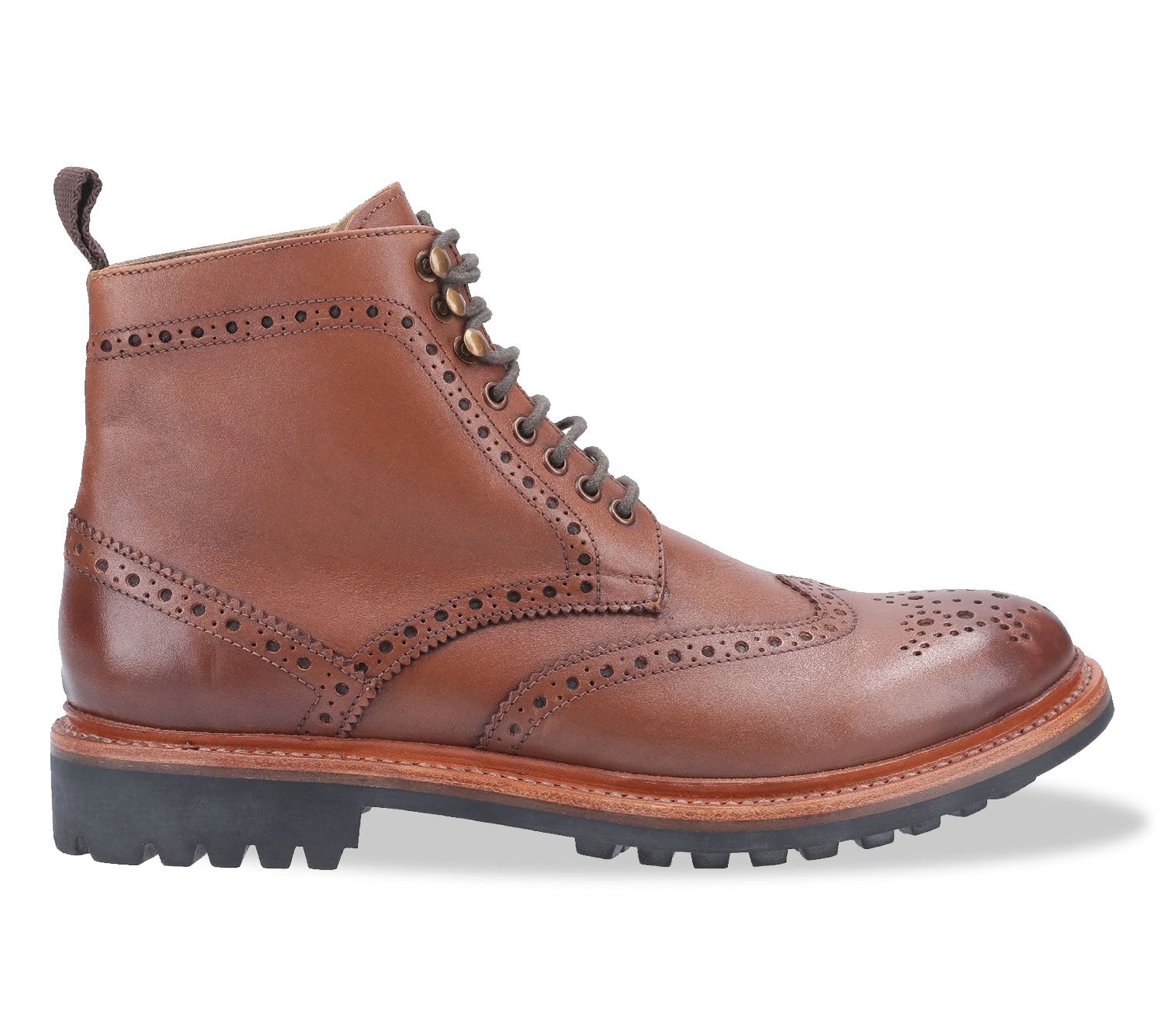
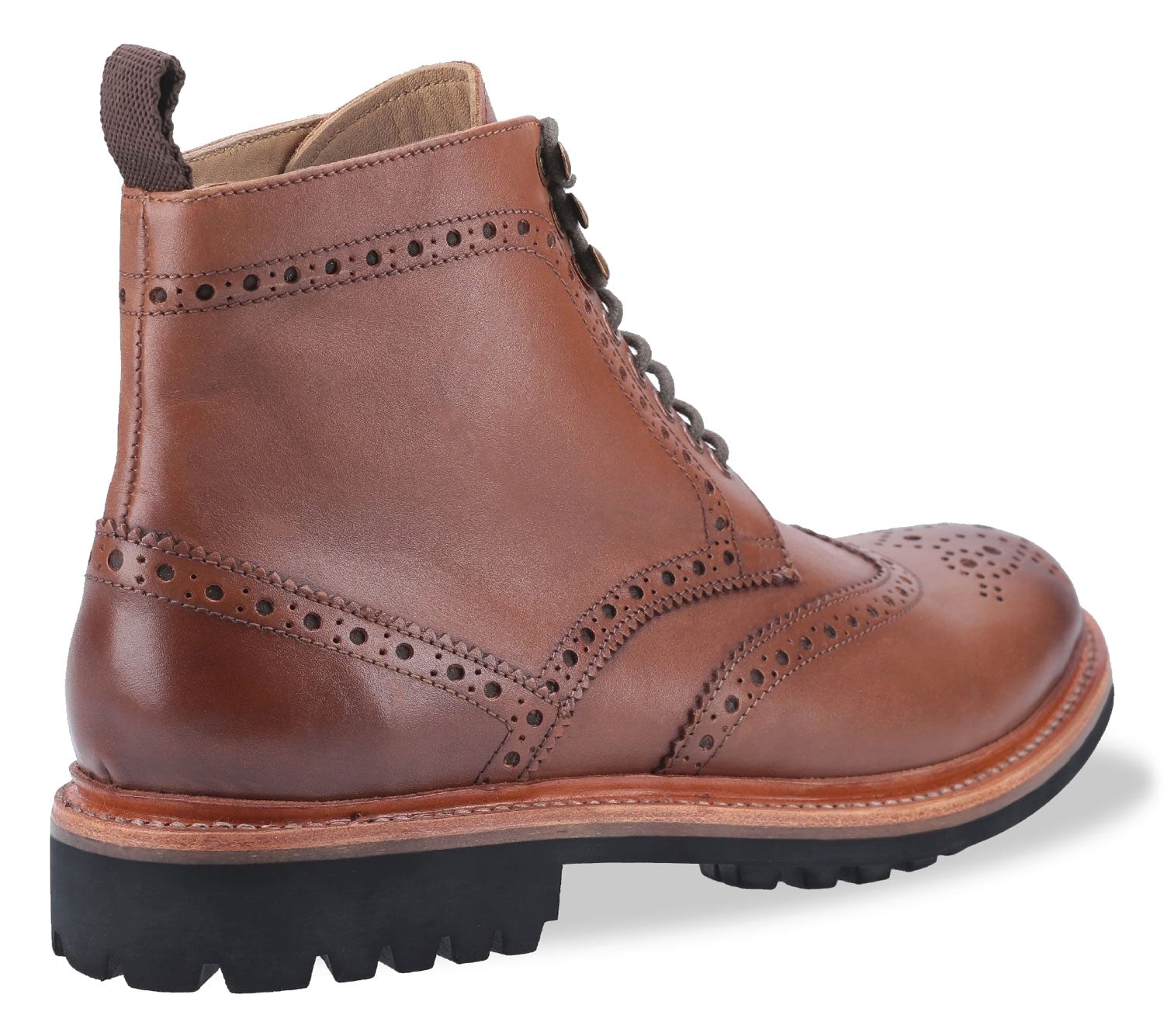
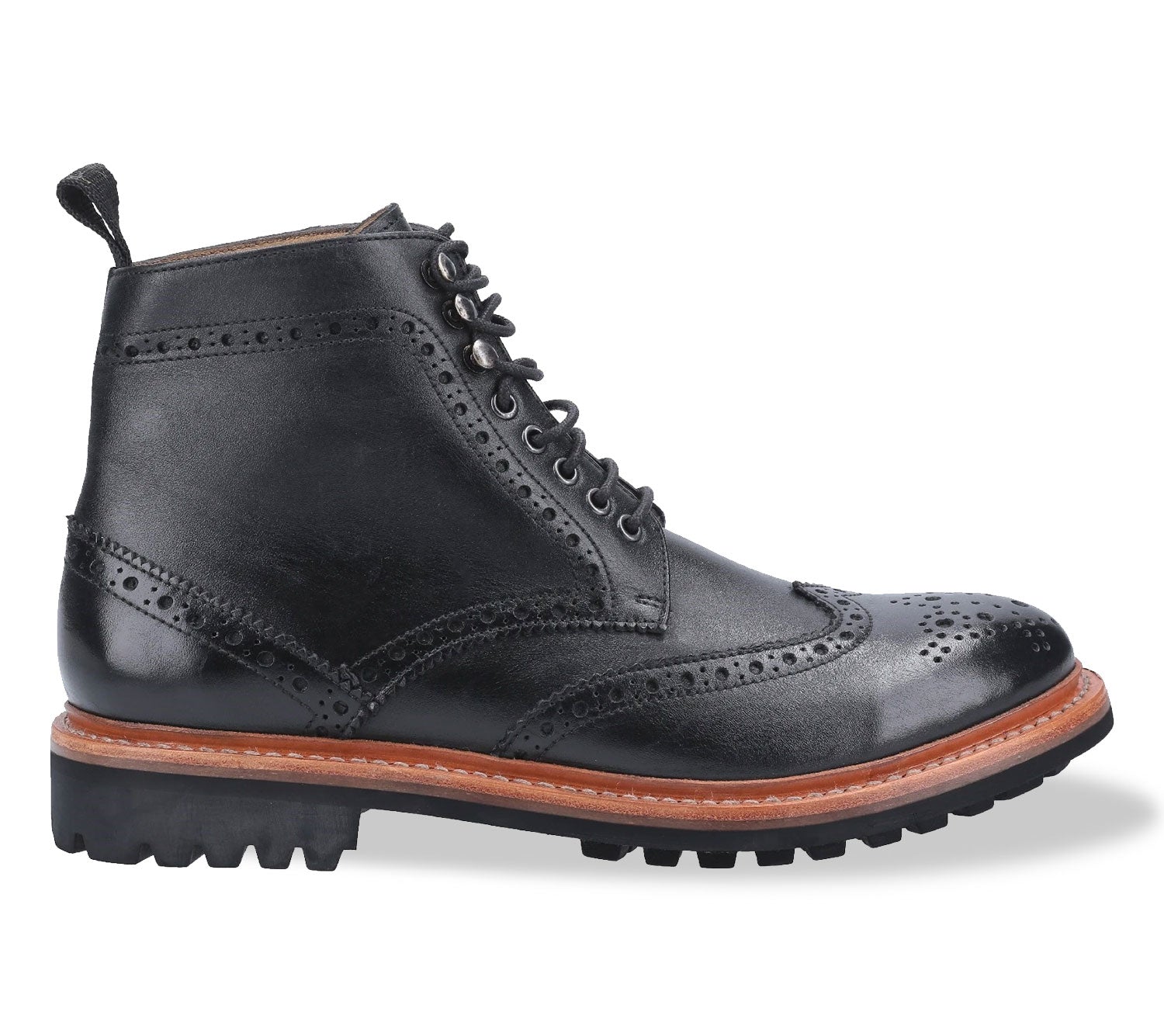
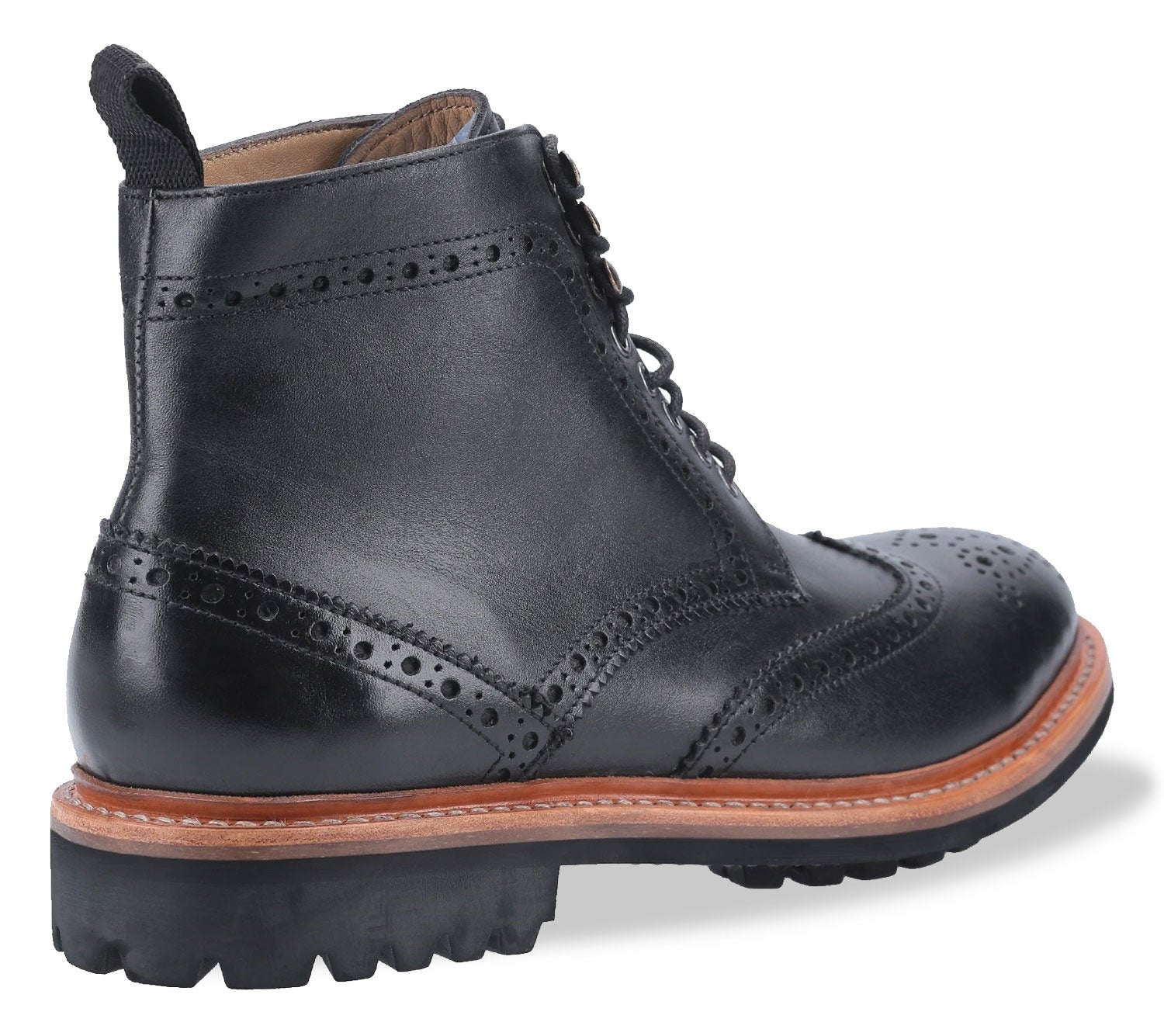
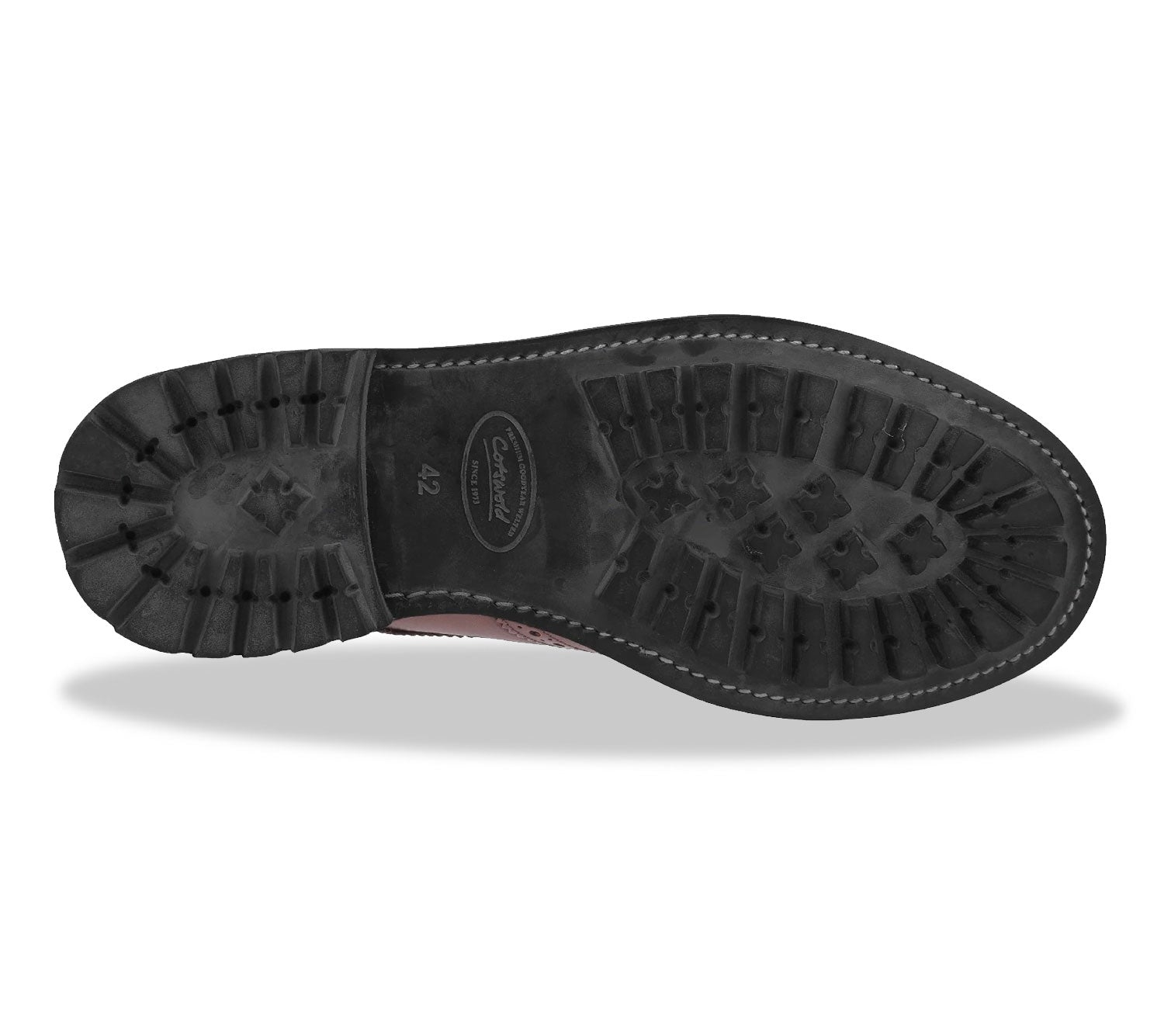
| UK Size | EU Size |
| 3 | 36 |
| 4 | 37 |
| 5 | 38 |
| 6 | 39 |
| 7 | 41 |
| 8 | 42 |
| 9 | 43 |
| 10 | 44 |
| 11 | 45 |
| 12 | 46 |
| 13 | 47 |
| 14 | 48 |
| 15 | 49 |
-
Satisfaction Guarantee
Free UK Exchanges - 28 Day Return Period
-
Fast Delivery
Free Shipping on Orders Over £99
-
It's Good To Talk
For Friendly Expert Advice
Phone 0161 524 2111 -
Superior Choice & Service
Welcome to Hollands

